Six hours of sun ... is no fun
Scott F Smith
12 years ago
Related Stories
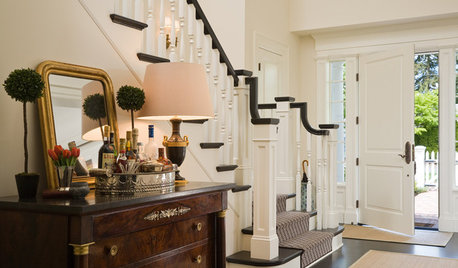
ENTERTAININGSimple Pleasures: Host a Casual Happy Hour
Good company plus good cocktails, mocktails or brews equals a great, easygoing party
Full Story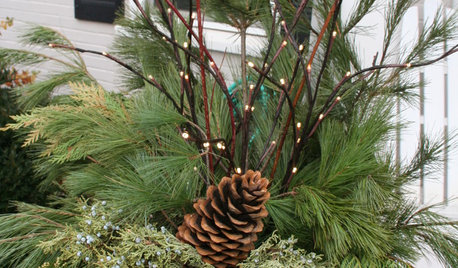
DECORATING GUIDESDeck Your Containers With Holiday Cheer in Half an Hour
Have 30 minutes and some seasonal greenery? You can put together festive garden pots to last through winter
Full Story
DECORATING GUIDESSix Tips for Choosing the Perfect Sofa
Here's How to Get the Big, Comfy Couch You Really Want
Full Story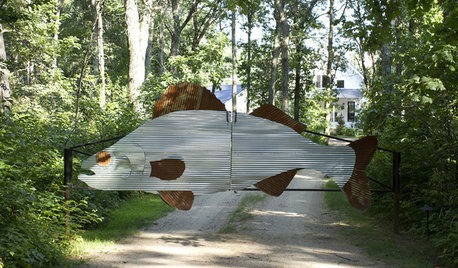
FUN HOUZZ11 Ways to Have More Fun at Home
Every house needs a touch of humor — a funny sign or an accessory that always makes you smile. Here’s where to begin
Full Story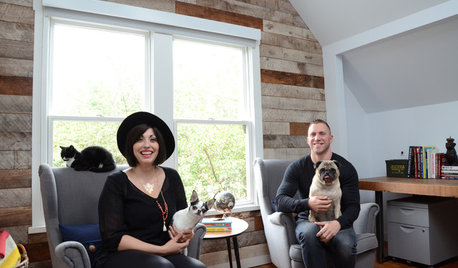
HOUZZ TOURSMy Houzz: Personal Touches Keep Things Fun in a Historic Vancouver Home
DIY updates and bold patterns help transform an 1898 Victorian
Full Story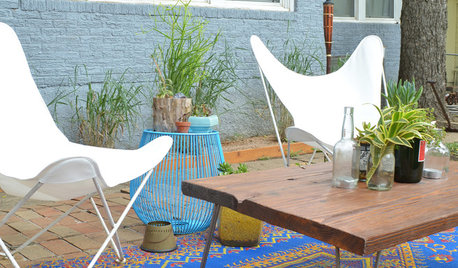
GARDENING AND LANDSCAPINGHow to Spruce Up Your Patio for Summertime Fun
Get your outdoor space ready for summer with 6 simple and budget-friendly ideas
Full Story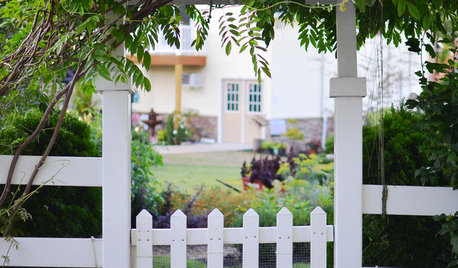
BUDGET DECORATING14 Ways to Make More Money at a Yard Sale — and Have Fun Too
Maximize profits and have a ball selling your old stuff, with these tips to help you plan, advertise and style your yard sale effectively
Full Story
HOME TECHTurn 'Obsolete' Tech Into Fun Home Help
Here's how to put your old Mac, Atari or Newton to work around the house
Full Story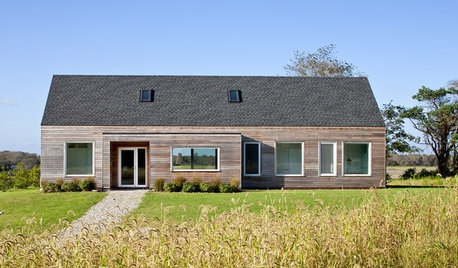
HOUZZ TOURSHouzz Tour: Bright, Sun-Warmed New England Getaway
Country views, flexible living space and a just-right size make for a soothing, comfortable family retreat
Full Story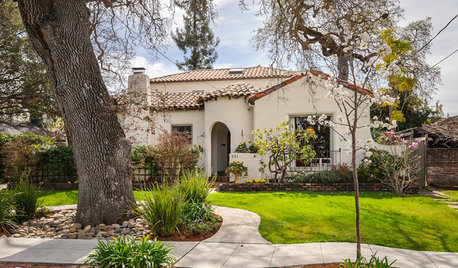
ARCHITECTURERoots of Style: Spanish Eclectic Homes Find a Place in the Sun
Flexible stucco, intricate tiles and more have kept this multicultural style going strong for a century
Full StoryMore Discussions








justjohn
alan haigh
Related Professionals
Accokeek Landscape Architects & Landscape Designers · Glassmanor Landscape Architects & Landscape Designers · Leawood Landscape Architects & Landscape Designers · Bell Gardens Landscape Contractors · Bridgeview Landscape Contractors · Cockeysville Landscape Contractors · Edinburg Landscape Contractors · Fort Hunt Landscape Contractors · Fort Worth Landscape Contractors · Lake Zurich Landscape Contractors · Red Oak Landscape Contractors · Smyrna Landscape Contractors · Teaneck Landscape Contractors · West Orange Landscape Contractors · Silver Firs Landscape Contractorsfranktank232
Scott F SmithOriginal Author
northwoodswis4
franktank232
alan haigh
Scott F SmithOriginal Author
alan haigh
hoosierquilt USDA 10A Sunset 23 Vista CA
bob_z6
Noogy
Scott F SmithOriginal Author
alan haigh
northwoodswis4
Noogy
northwoodswis4
bob_z6
Noogy
Scott F SmithOriginal Author
alan haigh
fruitnut Z7 4500ft SW TX
alan haigh
olpea
alan haigh
Scott F SmithOriginal Author
alan haigh
Scott F SmithOriginal Author
alan haigh
Scott F SmithOriginal Author
alan haigh
john_in_sc
fruitnut Z7 4500ft SW TX